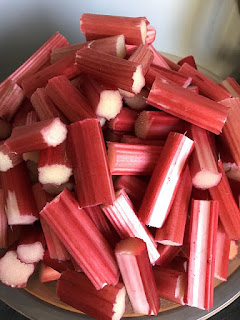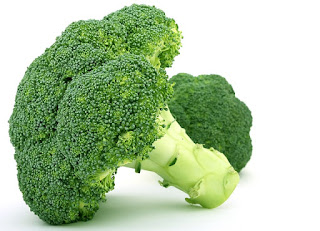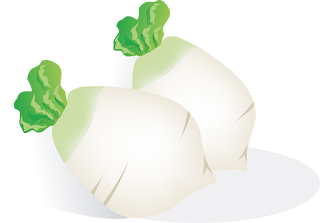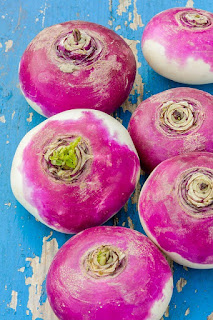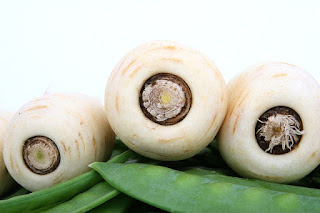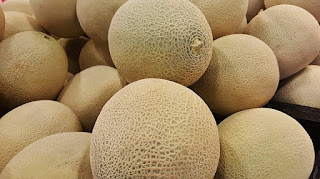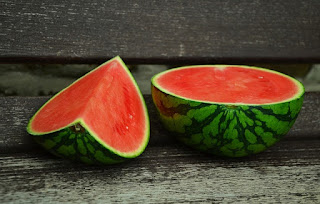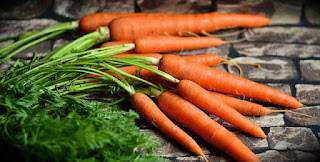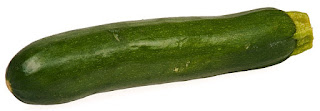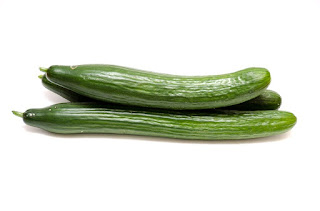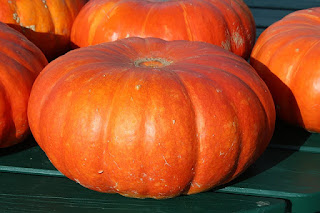The easy guide to chokos
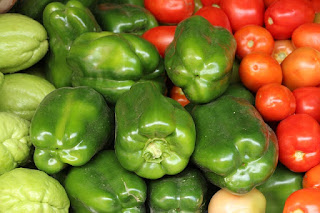
Chokos (Sechium edule) Genesis 9:3 Every moving thing that liveth shall be meat for you; even as the green herb have I given you all things. Also known as chaco, chayote or mango squash Is a tropical perennial vine The vine can grow up to 7m a year The fruit is shaped like an avocado or a pear Is a warm season crop Has large, heart shaped leaves Is an easy crop to grow Has colors either yellow or green One choko can weigh up to 1kg They are at their best taste when they are small The roots, seeds, leaves and shoots can also be eaten They can be boiled, steamed or baked How to Grow Need a sunny or warm site They need plenty of space Dig lots of compost in where it is to grow Can be grown on a trellis or fence Sow or plant Spring and Summer A mature fruit with a seed that is shooted is needed Place it 10cm(4in) deep on its side Water choko plants in dry weather Use a complete fertiliser Harvesting Cut the fruit from th...
